Just over six years ago, I gave birth to Nathan, a tiny boy with a beautiful spirit. He was a surprise in more ways than one, but one of those was that he has Down syndrome. Thirteen days later, Mr. Andi laced up his running shoes to participate with local law enforcement as a guest in the Torch Run for Special Olympics. The following year he was invited to do it again, and Nathan joined him this time in our jogging stroller.
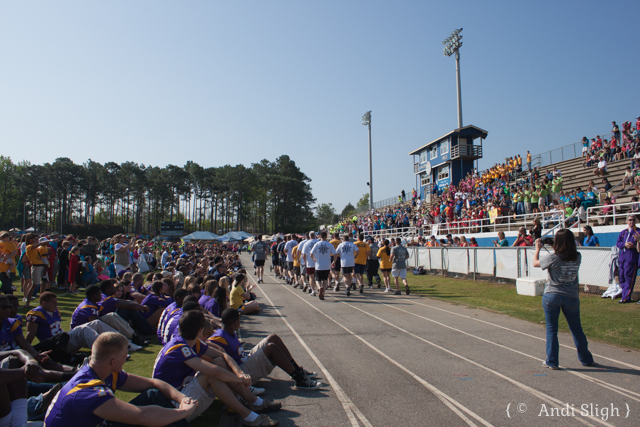
Mr. Andi got to co-hold the torch (they have a rule that only law enforcement and athletes carry it), and the emcee, a local radio personality, announced “Future Olympian Nathan and his father…” as they entered. I was surprised by the size of the event – countless athletes on the football field, spectators in the stands and under pop-up shelters on the fringes, and even food concessions and t-shirt stands.
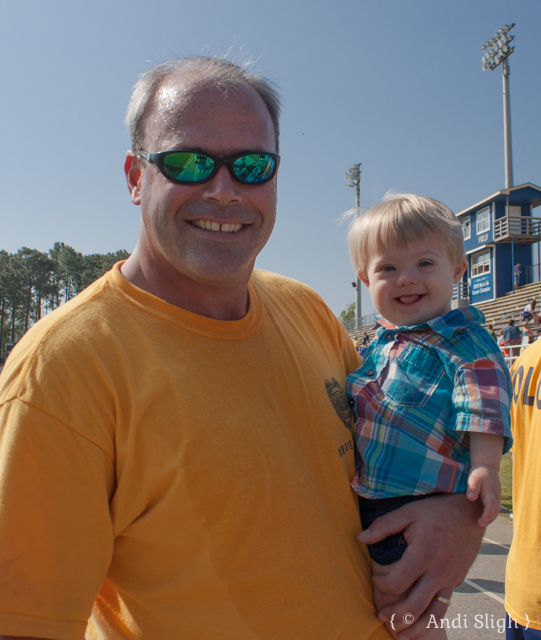
It was so much fun that we did it again the next year, but this time Mr. Andi carried, rather than pushed, Nathan into the stadium, and Nathan wore a Spread the Word to End the Word t-shirt.
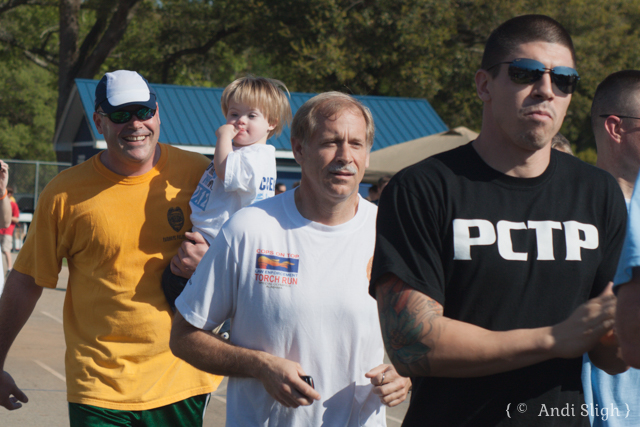
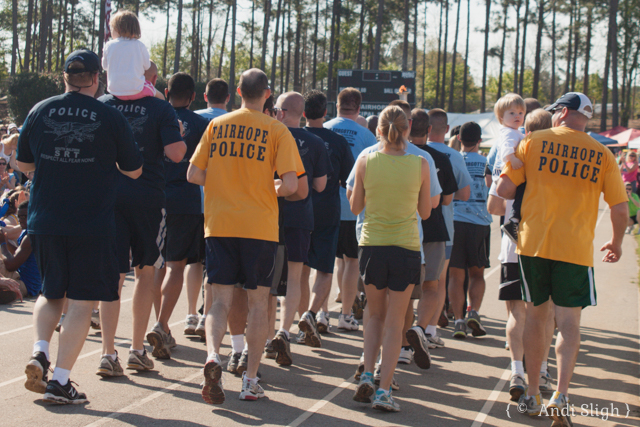
The Future arrived quicker than I expected, and this year Nathan was eligible to participate as a member of his school’s team. He practiced the Tennis Ball Throw and 25 Yard Dash for months during P.E., a fact of which I was well aware. On Thursday, I got my team t-shirt, courtesy of the parents of one of the other athletes. We were all set.
But when my alarm went off at 5:30 a.m. on Friday, I only felt dread. When I go to the therapy office, or the Buddy Walk, or anywhere else where there are lots of kids with developmental delays, it stresses me out. I can never seem to get my bearings in these settings, because I don’t enjoy having the kid that’s progressing more (or less) than another kid with developmental delays. I am constantly wavering between envy and guilt. I am not proud of it.
But the event was happening with or without me, so Mr. Andi, Nathan, and I arrived early at the school to get ready. My friend Dawn texted me, asking what she could do to help. My response. Be funny.
The athletes put on their Star Wars-themed team t-shirts, grabbed their light sabers, lined up, and waited for the signal to head out for the pep rally. The entire school turned out to cheer them as they paraded through the building on their way to the buses, and from that moment on, the day was simply phenomenal.
If you have three-ish minutes, you can watch the pep rally from my point of view:
I noticed that the signs Nathan’s class had created said things like “Go (Other Athlete’s Name) Go!” but the ones that were for him all said “Run Nathan Run!” I am quite certain this was not accidental. 😉
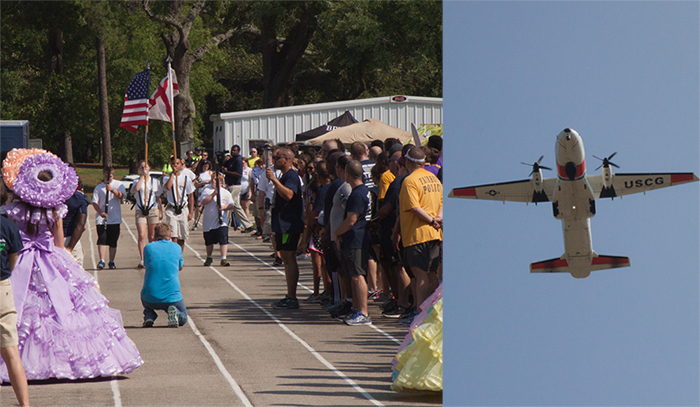
If anything, the crowd at the stadium this year was even larger than in prior years when we attended. Special Olympics athletes carried the torch, sang the national anthem, and presented the colors. There was even a flyover by a US Coast Guard plane. All of the athletes paraded through the stadium, and it was great fun to see how creative the team themes were. Lots of parents, siblings, and peer helpers came out for the event, but Nathan had his own extra-special posse, including three kids who played hooky from school to cheer: my friend Dawn, my friend Shelton and her two sons, and my friend Jennifer and her daughter Lucy, who is Nathan’s friend and is in his class.
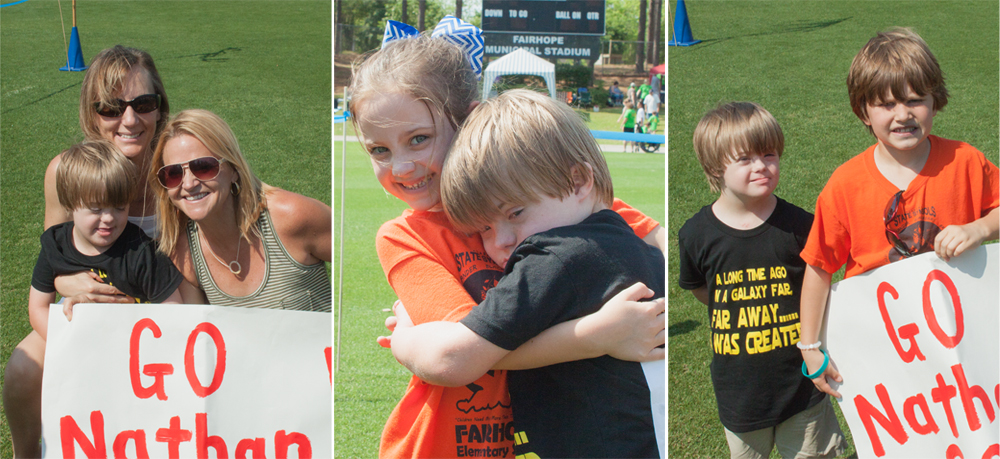
Nathan’s first event was the Tennis Ball Throw. He had two chances to see how far he could pitch it, and as you can probably guess, he threw with great enthusiasm.
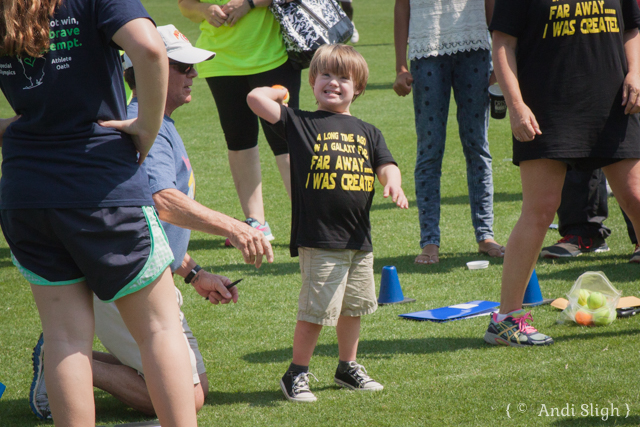
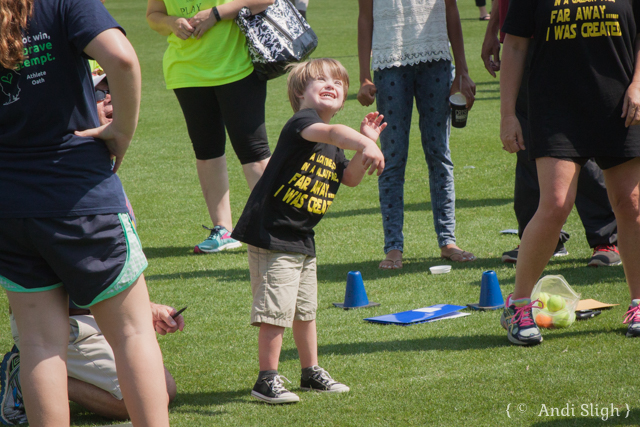
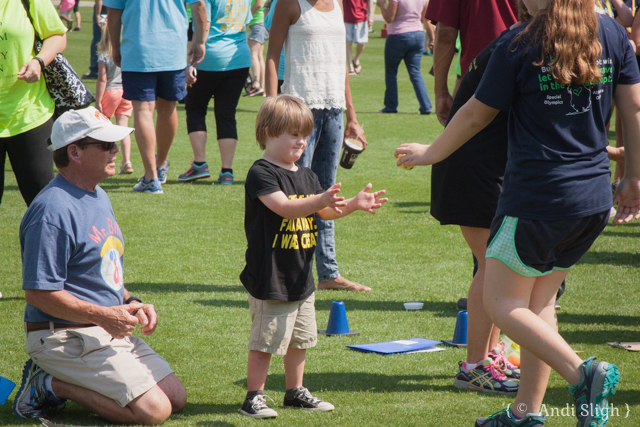
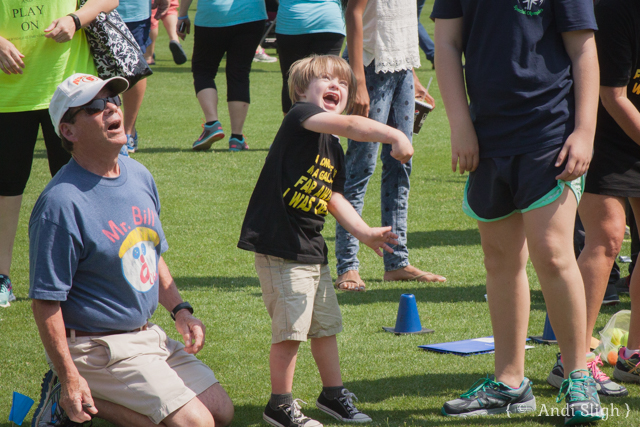
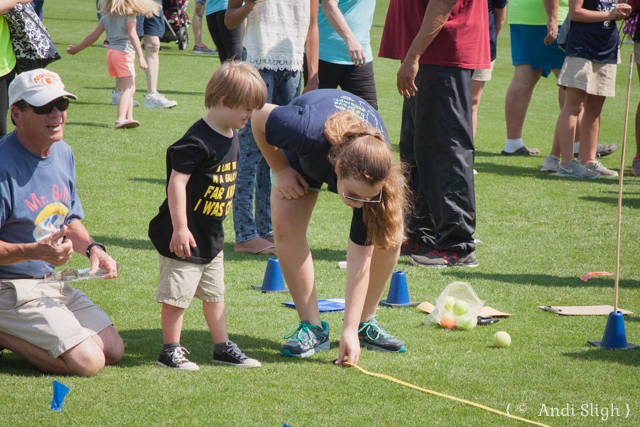
Not only did he throw with enthusiasm, but he threw the ball pretty far, earning him a second place ribbon. He was not so keen on the whole “two tries then other kids get a turn” aspect of the event, however – a theme we would revisit later in the 25 yard dash. We said goodbye to his posse (some folks gotta go to school and work) and grabbed some lunch.
The 25 yard dash didn’t go quite as smoothly as the tennis ball throw, mostly because four adults – Mr. Andi, Nathan’s aide, our friend Lauren who came out to watch, and myself – were incapable of getting Nathan to the correct location on time. We were plenty early…we just wasted a lot of time waiting in the wrong area for the event. Once we realized our mistake, we headed across the field, hoping we hadn’t missed his heat. Well, some of us were a little worried…two of our group weren’t all that bothered by it. Ahem.
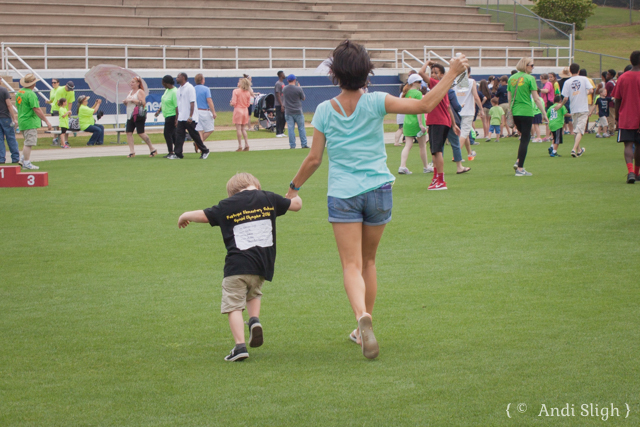
When we made it to the right spot, we had, in fact, missed his heat, but they worked him into another one. He ended up with a second place ribbon but no official time, which I presume is what they do when a little kid gets put into a heat with a bunch of taller kids and they don’t know how he would have finished with kids his size. Or maybe he got bonus points for being cute. He definitely wasn’t the second fastest kid.
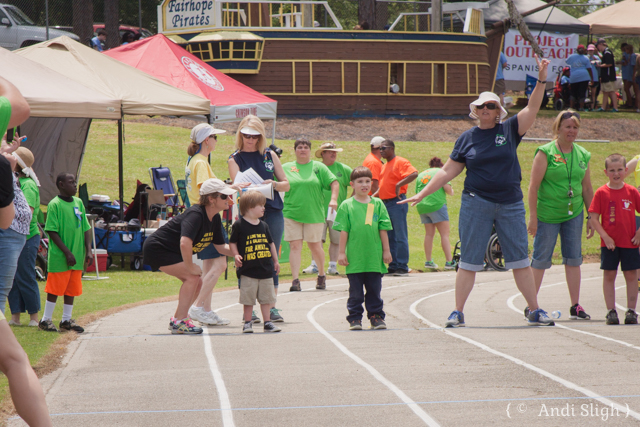
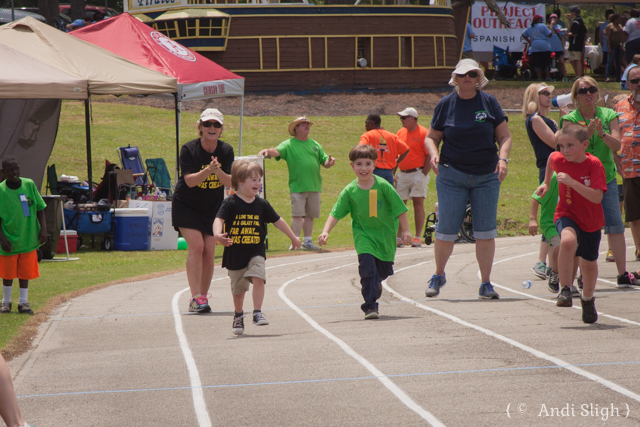
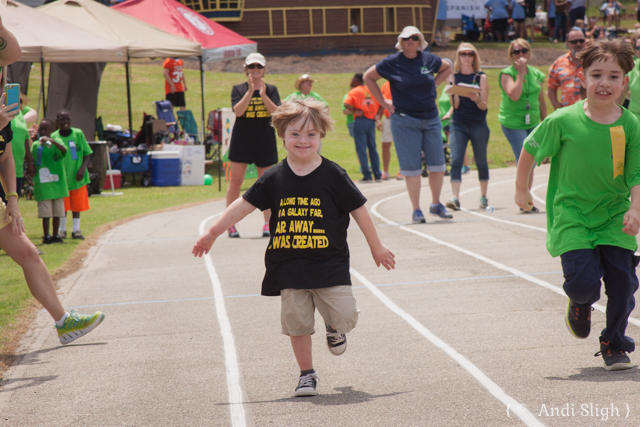
And of course, after the events were complete, came the celebration. There ain’t no party like a Special Olympics party, my friends, and Nathan got to dance with lots of ladies, including Sarah Kate’s friend Jeanne and our babysitter, Anna Lee (who is also one of Sarah Kate’s longtime swim mentors).
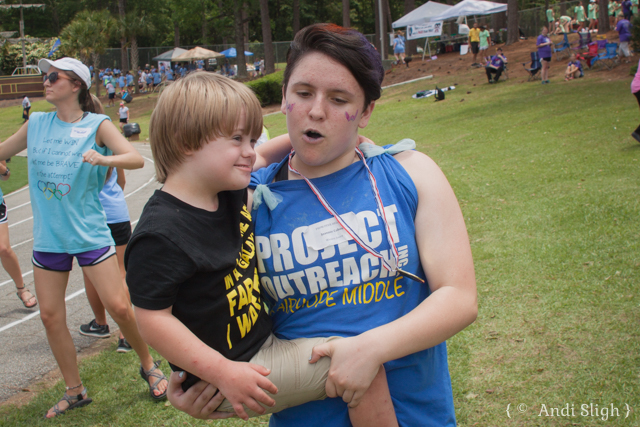
For a few months now, I’ve had a copy of the biography Rosemary: The Hidden Kennedy Daughter by Kate Clifford Larson. I picked it up when it was $2.99 on Amazon for Kindle because I knew that Eunice Kennedy Shriver founded Special Olympics, inspired by her relationship with her sister Rosemary, but I didn’t know much else. I decided to move it to the top of the reading queue this weekend, and finished it the next day. The book was a powerful read, touching on themes of wealth, social status, medical care in the early- to mid-1900s, women’s rights, politics, sibling relationships, special education, and (of course) parenting a child with intellectual disability.
Rosemary was fascinating, well researched, and at times hard to stomach. The story of her birth disturbed me, but I shook my head and kept going. I had to take a break from the book, however, after reading about the lobotomy. Despite its many twists and turns and the times I wanted to cry out “DON’T DO THAT!” I felt the book was hopeful in the end, because it showed me that the impact Rosemary had on our world today was tremendous, propelled by the efforts of her sister, Eunice. Special Olympics, which started as a camp in Eunice’s backyard, is now a worldwide movement, touching over 4.5 million athletes through over 94,000 events.
Thank you, Rosemary. And thank you, Eunice.
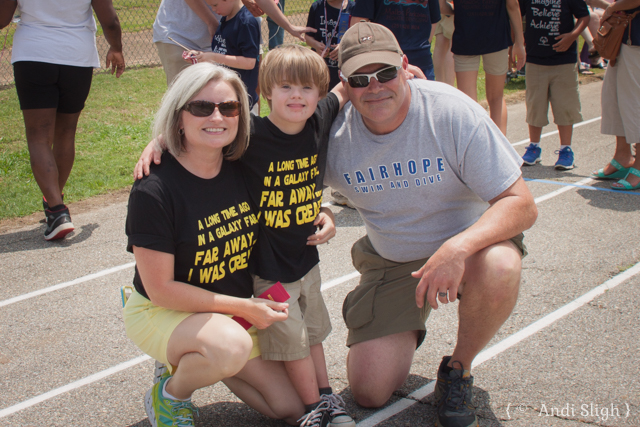
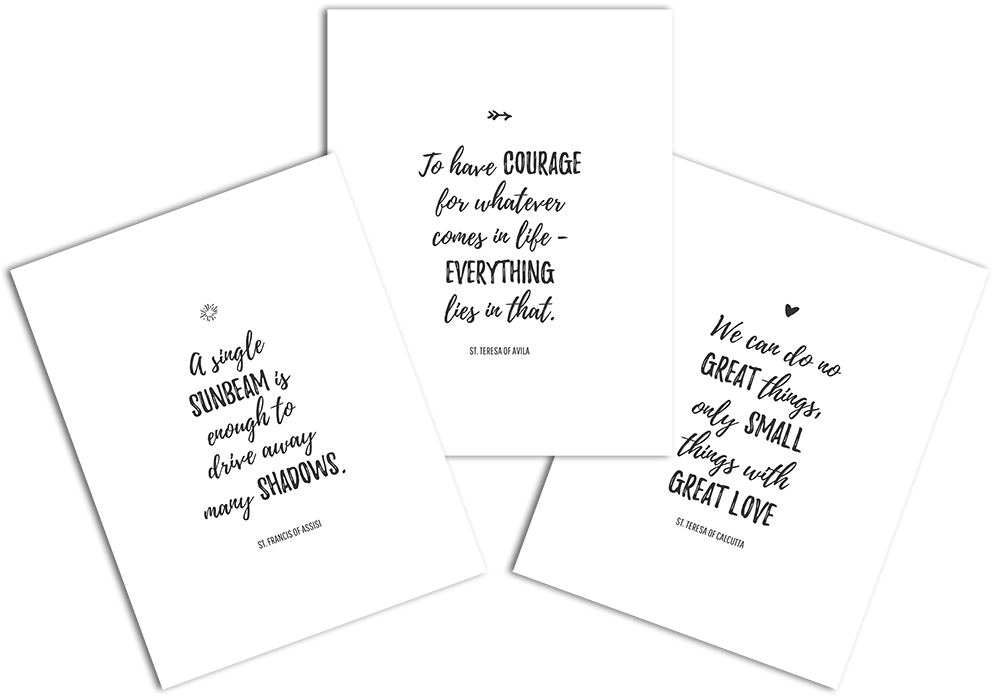
Special day, so glad I got to be a part of it!
We all have our own timelines. Why do you suppose flutists and clarinetists are better with rhythms than trumpeters?
I love Nathan’s zest for life and living, and the fact that he has style of his own. He tackles it head on, full speed. No sense of limits or pre-conceived notions. As we should, once in a while live life with passion.
He definitely forces someone like me, who tends to take everything too seriously, to look at life differently.
My son had his first Special Olympics tournament this March. It was in basketball. I liked that the sport was broken into skills so that my son could participate. He wouldn’t be able to comprehend the rules of a game, so he competed in ball passing and dribbling. Anwar’s 10 and it’s the first team sport he was ever able to participate in. I am so glad that there is a place for these athletes to compete and be cheered on.
Yes, comprehending the rules is an issue for Nathan, as well. He has all the skills to play t-ball – hitting, running the bases, fielding, and throwing – but understanding the “why” and grasping the urgency of getting to the bases before the ball are hard concepts to grasp.